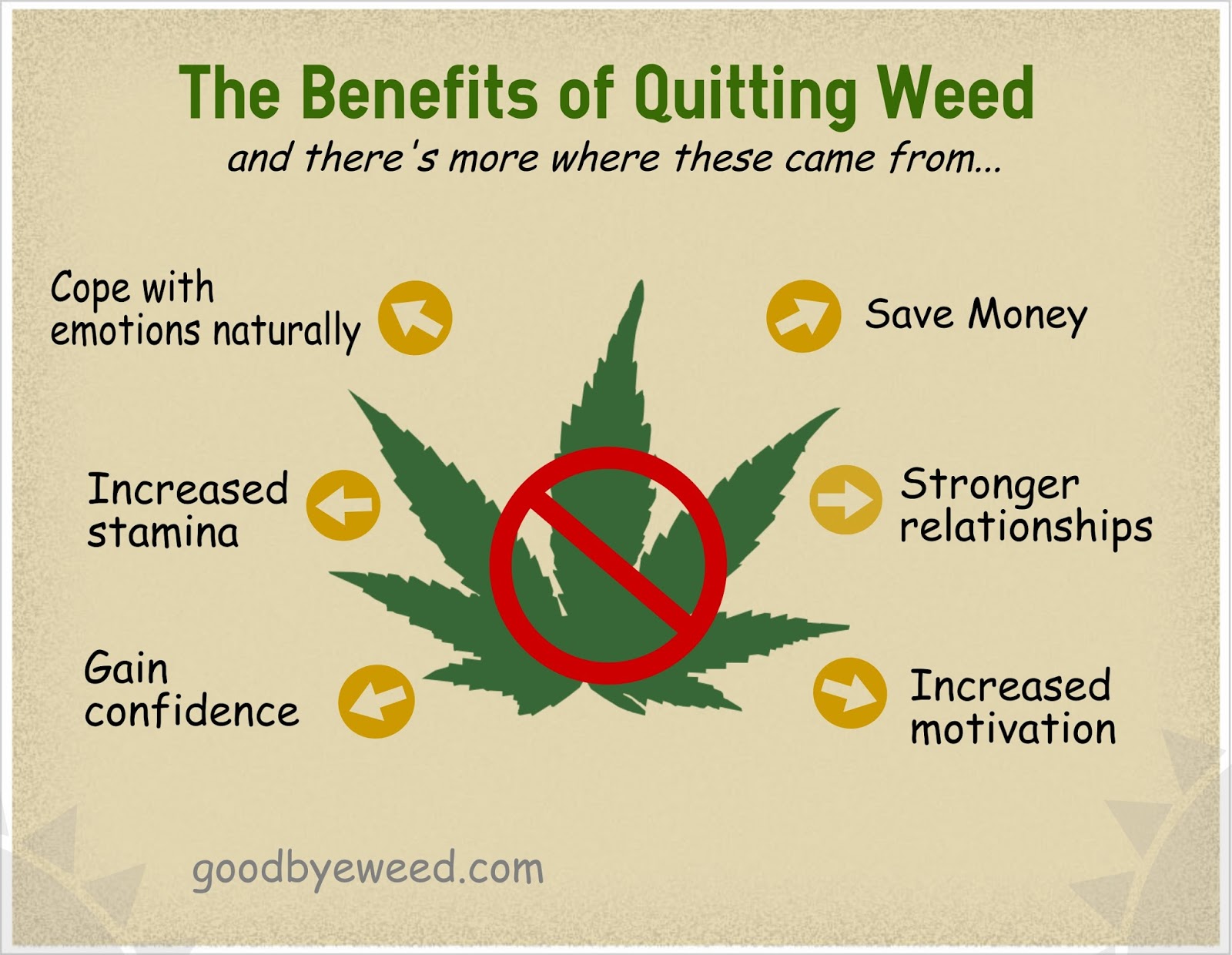

These problems may seem inconspicuous and not initially linked to substance use however, their impacts will worsen over time if the substance misuse is not addressed or effectively treated. The hangover effect impacts presenteeism (being at work but not fully present or productive), late arrival or calling in sick, and conflicts in the workplace due to increased irritability. When one employee’s productivity is impaired, the performance and safety of others in the same environment may also be compromised.Īs expected, a hangover from drug or alcohol use also contributes to productivity issues in the workplace. Similarly, drug and alcohol misuse can have indirect effects such as increased risk of injury in the workplace, unplanned absences, and employers having to adjust for staffing shortages. For example, tobacco use and second-hand smoke cause indirect harm to others in the environment, even if they do not smoke tobacco themselves. Indirect or second-hand effects are those that impact coworkers. Using alcohol or other drugs on the job may have severe consequences, especially in industries such as construction, aviation, or heavy equipment operation. Addiction affects the workplace in three significant ways:ĭirect effect is when an employee uses substances during work hours or shows up to work under the influence of drugs and alcohol. In fact, as reported by the National Institute on Drug Abuse, addiction costs companies a staggering $740 billion per year.

How Addiction Can Affect the Workplace?Įmployees struggling with SUDs cost companies billions each year in lost productivity, increased healthcare expenses, workers compensation claims, crime-related costs, and absenteeism.

According to the National Council on Alcoholism and Drug Dependence, almost 70% of people with a substance use disorder are employed, and unaddressed addictive behaviors at work are a growing, costly and dangerous problem for employers. But the impacts of this “coping mechanism” went well beyond just home and family life.

Sudden and disruptive remote work arrangements erased the work-life balance for many employees, making it easier to turn to substances-both legal and illicit-in order to cope, even during the workday.Īs pandemic lockdowns and restrictions dragged on, millions turned to alcohol, drug, and opioid use to deal with their worsening mental health, high-stress jobs, or simply to alleviate isolation and boredom. What Does Addiction in the Workplace Look Like?Īs a result of the COVID-19 pandemic, many employees have had to deal with overwhelming stress, grief, and anxiety over the past two years. With such alarming numbers and dangerous mental and physical side effects, it is no surprise that addiction has a devastating impact on the lives of many employees, their families, and their employers thus, it needs to be adequately addressed. While many aspects of wellness, including nutrition, exercise, and sleep, are openly talked about, stigma remains a powerful barrier to the discussion of addiction-also referred to as substance use disorder (SUD).Īddiction in the workplace occurs across all industry types and affects approximately 40.3 million American adults.


 0 kommentar(er)
0 kommentar(er)
